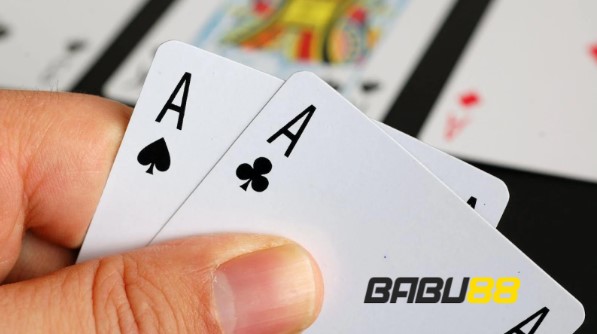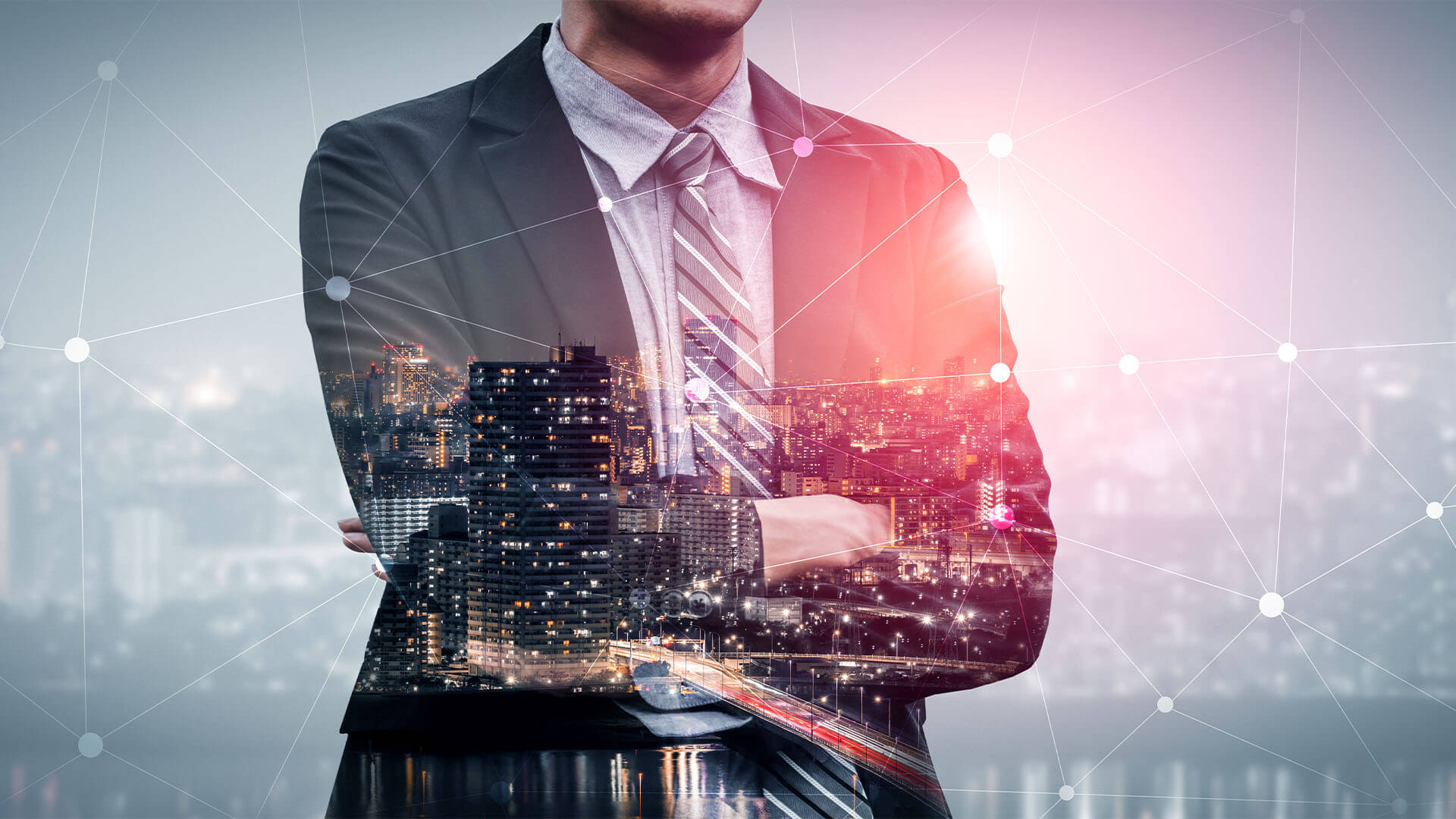From self-driving cars to virtual assistants, artificial intelligence has infiltrated various aspects of our lives. But did you know that AI is also making waves in the art world? Yes, you heard it right! With its ability to learn and generate patterns from data, AI is now being used to create stunning works of art that can rival those made by humans. However, as with any emerging technology, there are complexities involved both in creating and appreciating AI artwork. In this blog post, we’ll break down these complexities and explore the fascinating world of AI-generated art. Get ready for a journey into an exciting new frontier where creativity meets cutting-edge technology!
What is AI Art?
In recent years, there’s been a growing interest in artificial intelligence (AI) art. But what exactly is AI art?
At its simplest, AI art is art created with the help of AI algorithms. However, the term can also refer to art that explores or comments on the role of AI in society. Additionally, some people use the term AI art to describe any artwork produced by a machine, regardless of whether or not it involves AI algorithms.
There are a few different ways to create AI art. One common method is to use generative adversarial networks (GANs), which are algorithms that can generate new data that looks similar to training data. For example, a GAN could be used to generate realistic images of people or landscapes.
Another approach is to use evolutionary algorithms, which mimic the process of natural selection. With this method, an artist will start with a population of “genetic” materials—such as shapes, colors, or lines—and then let the algorithm run its course. Over time, the algorithm will mutate and combine these materials in different ways, eventually leading to novel and interesting results.
Finally, some artists simply use existing AI algorithms as tools for their own creative process. For example, they might use predictive text or image-recognition software to create new works of art.
Regardless of how it’s made, AI art often challenges our notions of what “art” is, and what it means to be creative.
History of AI Art
The history of AI art is as long and complex as the history of art itself. However, AI art has only become a major force in the art world in recent years.
AI art can be traced back to the early days of computer science. In 1950, Alan Turing, considered the father of computer science, published a paper titled “Computing Machinery and Intelligence” in which he proposed a test for determining whether a machine could be said to think. This test, now known as the Turing Test, is still used today as a way of measuring artificial intelligence.
In 1966, Japanese computer scientist Hiroshi Kawano created what is considered the first AI artwork, a print called “First Generation.” Kawano used a computer program to generate random patterns which were then printed onto paper.
Since then, AI art has evolved rapidly. In the 1970s and 1980s, artists began using computers to generate images based on real-world data sets. In the 1990s and 2000s, artists started using neural networks, which are algorithms that simulate the workings of the human brain. These neural networks were used to create images that looked realistic but were completely generated by computers.
In recent years, AI art has reached new heights with the development of generative adversarial networks (GANs). GANs are algorithms that pit two neural networks against each other in order to create realistic images. The results of this algorithm have been nothing short of amazing, with many artists using GANs to generate complex and beautiful images.
Today, AI art is a booming field with creative possibilities that are just beginning to be explored. As the technology continues to grow and evolve, so too will the artwork it can create.
How to Create AI Art
When it comes to creating art, there are no rules or boundaries. You can use any medium or method you please. However, when it comes to artificial intelligence (AI) art, things are a bit more complicated. In order to create AI art, you need access to powerful computers and software that can generate images or modify existing ones.
The process of creating AI art is complex and often requires a lot of trial and error. However, the results can be truly stunning and unlike anything you’ve ever seen before. If you’re interested in giving it a try, here’s a breakdown of the steps involved in creating AI art.
1. Choose your subject matter: The first step is to decide what you want to create AI art about. This could be anything from landscapes to portraits to abstract concepts.
2. Find or create training data: In order for your computer to generate images, it needs data to learn from. This data is typically provided in the form of images, videos, or text. It can be sourced from online databases or created yourself using image-editing software.
3. Train your AI model: Once you have your training data, it’s time to start building your AI model. This involves feeding the data into a learning algorithm which will then generate images based on what it has learned. There are many different types of algorithms that can be used for this purpose; so experiment until you find one
Benefits of Appreciating AI Art
When it comes to appreciating AI art, there are many benefits to be had. For one, doing so can help you to better understand the inner workings of AI algorithms and how they produce results. Additionally, by taking the time to appreciate AI art, you can help support the artists who create it. Finally, appreciating AI art can also be a fun and interesting way to engage with new technology.
Examples of AI Art
When it comes to AI art, there are countless examples to explore and appreciate. This type of art is created using artificial intelligence algorithms, often in conjunction with traditional artistic techniques.
One well-known example of AI art is the work of Memo Akten, who has used machine learning to create images and videos that explore the relationship between humans and technology. Another example is the work of Refik Anadol, who uses AI to generate visualisations of data that can be both beautiful and informative.
There are also many examples of AI art that exist outside the world of fine art. For instance, Google’s DeepDream algorithm has been used to create strange and surreal images from real-world photographs. And on a more practical level, AI is being used to create realistic 3D images and videos that can be used in movies and video games.
As you can see, there are many different ways in which AI can be used to create artwork. So whether you’re looking for something strange and surreal, or something more practical and down-to-earth, there’s sure to be an example of AI art that you’ll appreciate.
Challenges and Controversies Surrounding AI Art
There is no denying that artificial intelligence (AI) has drastically changed the landscape of the art world. From major museums showcasing AI-generated artwork to art fairs and galleries devoted entirely to digital art, it is clear that AI is here to stay.
However, with this newfound prominence also comes a great deal of controversy and debate. Many people are still grappling with what exactly constitutes AI art, and whether or not it can be considered “real” art at all. There are also ethical concerns surrounding the use of AI in the art world, as some believe that it takes away from the human element of creativity.
Despite these challenges, there is no doubt that AI art is here to stay. As we continue to explore the possibilities of what can be created with this technology, we will only become more inspired by its potential. For more information on graffiti art, visit this Website.
Conclusion
Artificial Intelligence artwork has come a long way since its introduction and continues to evolve with new technology. AI art allows us to explore ideas, form connections, and appreciate elements of art that were previously impossible for humans to create. While it’s still in its early stages of development, the potential applications for this type of creative endeavor are virtually limitless. With further advancements in AI capabilities, who knows what kind of impact this technology will have on the world of art?















Leave a Reply